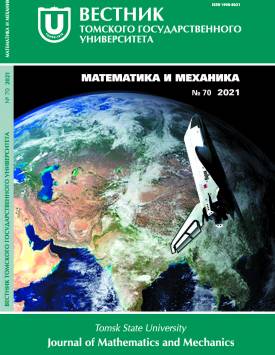Formulation of a method of reliability assessment for constructions on the basis of a combination of statistical modeling and numerical methods of stress evaluation
In this paper, methods for estimating the reliability of constructions are considered. The formulation of a method for estimating the reliability of the design based on a combination of statistical modeling and numerical methods for evaluating stresses is given. The method is based on a "load - bearing capacity" model, which takes into account both stochasticity of mechanical properties of construction materials, randomness of geometric characteristics, and loads of a probabilistic nature. This new method is a system of n nested cycles. The number of governing parameters n depends on the design. The load variation series is calculated in the body of the internal cycle. The load is calculated numerically in terms of stresses using the finite element method. Any commercial solver such as Nastran, Ansys, or Abaqus can be used for this purpose. The probability of failure-free operation (reliability) is calculated involving the variational series of loads and load-carrying ability. For this purpose, the formalized estimation method based on empirical distributions is used. Fundamentals of the latter are available in the monograph "Reliability in Engineering Design" written by Kapur K.C. and Lamberson L.R.. A primary function of the proposed method is to evaluate the probability of failure-free operation of constructions under stationary or quasi-stationary random loads.
Keywords
reliability, load, bearing strength, statistical modelingAuthors
| Name | Organization | |
| Pimenov Stanislav A. | Russian Federal Nuclear Center - All-Russian Research Institute of Experimental Physics | spimenov_m_fem@mail.ru |
References

Formulation of a method of reliability assessment for constructions on the basis of a combination of statistical modeling and numerical methods of stress evaluation | Vestnik Tomskogo gosudarstvennogo universiteta. Matematika i mekhanika – Tomsk State University Journal of Mathematics and Mechanics. 2021. № 70. DOI: 10.17223/19988621/70/5
